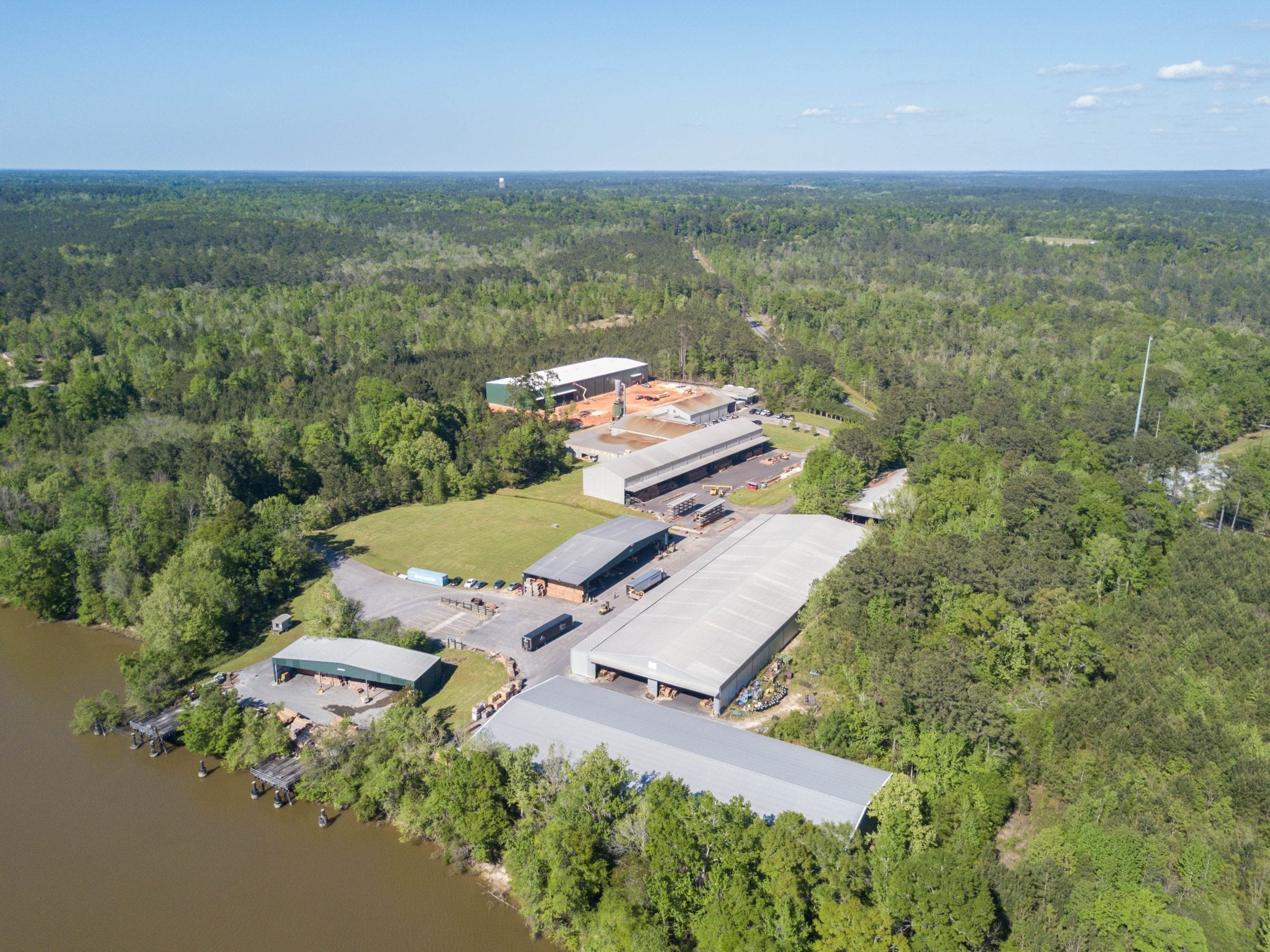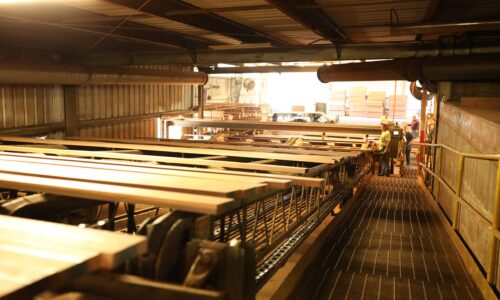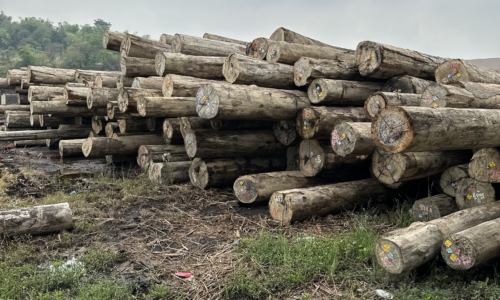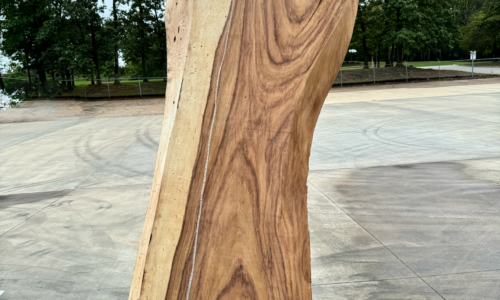Homeowners today are looking for ways to maximize outdoor spaces, bringing comfort and functionality to gardens, patios, and decks, and outdoor living rooms and outdoor kitchens have never been more popular than they are today. Many of these outdoor rooms share a common feature: porch decking.
Porch decking, sometimes called porch flooring, differs from regular decking in several ways. First, porch decking is always installed under a roof. This can be in a screened-in porch or an open porch, but it must be covered.
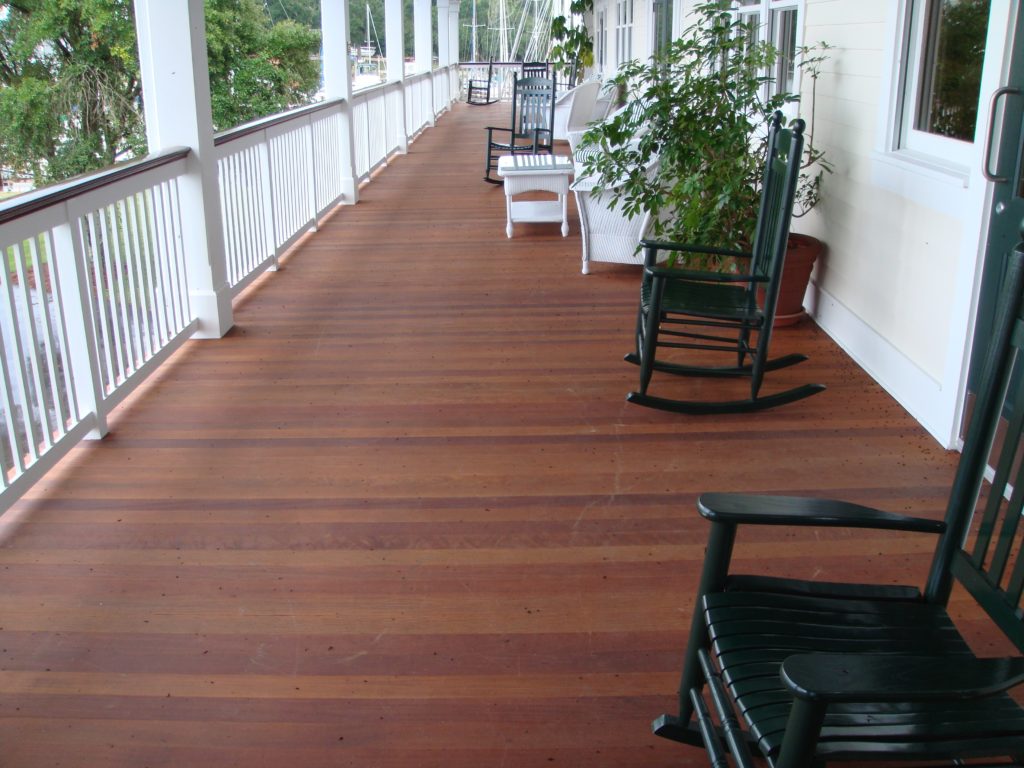
Fairhope Yacht Club
Unlike regular decking, porch decking is installed without gaps between boards. Since this decking/flooring is covered, the boards are protected from expansion and contraction caused by UV-rays and precipitation. This is the very reason gaps are necessary in an uncovered deck application. Porch decking is typically sold in a tongue and grooved pattern. Occasionally, some prefer a shiplap pattern.
Porch decking can be installed with the boards either parallel or perpendicular to the house. This can be an aesthetic decision made by the homeowner or designer, but it can also be used for more practical purposes, such as to direct water runoff or to allow the contractor to fit a board into a tight space.
Porch decking is commonly available in treated Pine or several species of exotic hardwoods: Ipé, Garapa, Cumaru, and Tigerwood. For a variety of reasons these exotic hardwoods are a superior choice for porch decking over treated woods like Pine. Treated wood splinters and cracks over time, and requires a much more significant amount of maintenance. Exotic hardwoods are harder and more dense, with closer growth rings, and they naturally resist pests, mold, and rot. The lifespan of treated wood is much shorter than the lifespan of an exotic hardwood.
OHC’s exotic hardwood porch decking will enhance any outdoor project, combining quality and beauty for a porch that’s sure to please any homeowner.

